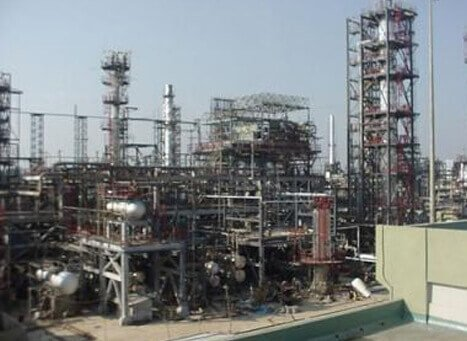For smooth Ad free experience
For smooth Ad free experience
Oil refineries, as we all know, are the backbone of the Indian economy. But do you know where India's first oil refinery was established and how long it has been in operation? Here, is an attempt to take you through the history of oil refinery in India.

First oil refinery in India : Digboi
Built on December 11, 1901, the Digboi refinery in Assam is the oldest oil refinery not only in India but in the whole of Asia. It is also the oldest operating oil well in the world. It has been termed as the "Gangotri of the Indian Hydrocarbon Sector."
Following Edwin L. Drake's drilling of the world's first oil well in Titusville, Pennsylvania, USA in 1859, another exploration of the same was recorded in India. The Assam Railways and Trading Company commissioned Italian engineers to develop tea gardens, coal mines, and timber mills in the remote northeastern section of Assam in 1867. They also decided to build a railway line from Dibrugarh to Margherita and while doing so accidentally discovered oil in Digboi.
According to Legends, an elephant when it was returning from the forest carrying wood, his owners noticed that there were oil stains on his feet and tracks. So when they tracked the elephant’s footsteps they noticed oil seepage bubbling to the surface. The Englishman started shouting enthusiastically “dig, boy, dig!” and hence the name came into use.
Following that, in 1889, a group of men constructed a 20-meter-high thatch-covered wooden structure, marking the beginning of Digboi's first well (Well No. 1 or the Discovery well). After that, regular drilling began in 1891, and Asia's first oil refinery was built in 1901. Meanwhile, the Assam Oil Company was established in 1899 to manage the oil business in the region.
From October, 1981, as an Act of Parliament, the Indian Oil Corporation Ltd (IOC) took over the refinery and marketing management of Assam Oil Company Ltd. It created a separate division and included both refinery and marketing operations.
The Digboi refinery had installed a capacity of 0.50 million tonnes per year. The refinery's refining capacity was expanded to 0.65 million tonnes per year in July 1996 as a result of refinery refurbishment. With its greatly upgraded operations and infrastructure, it is an ISO 9001, ISO 14001, and BS OHSAS 18001 certified refinery, implying that it takes every effort to preserve the environment by using proactive pollution control measures.
By connecting with local schools, colleges, hospitals, and numerous social and non-governmental groups, the Digboi refinery actively promotes environmental protection, tree planting, and conservation initiatives in and around Digboi and in all other places where it operates.
Petroleum products are largely transported to north-eastern India by road and trains. In 1999, a new Delayed Coking Unit was installed. In 2003, the refinery commissioned a new Soviet De-waxing Unit to maximise the production of microcrystalline wax. The refinery also installed a Hydrotreater and Hydrogen Plant to increase the quality of diesel in 2003.
The Digboi Centenary Museum, situated near India's first oil well, has meticulously conserved Digboi's oil heritage. There are exhibits of antique oil tools and equipments from the first half of the twentieth century.
Despite the fact that output is now relatively low, Digboi remains the world's oldest continuously producing oilfield. With a history dating back over a century, Assam Oil Division has always maintained its commitment to the society as a responsible corporate citizen. The Digboi oilfield is not just another oilfield; it is an oil museum with a long and illustrious history.
0
You might be interested in reading more from
